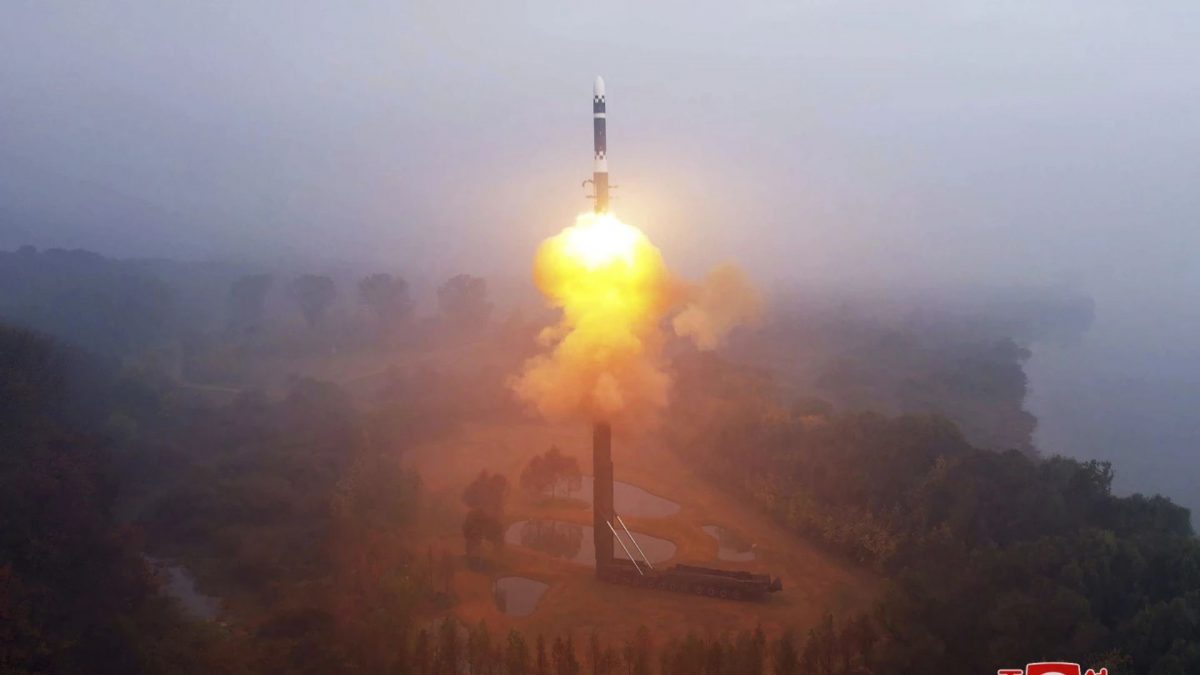The Pentagon’s top commander of continental defences, in a written testimony to the Senate on Thursday (February 13) warned that North Korea appears to be preparing for large-scale production of intercontinental ballistic missiles (ICBMs). These projectiles could be capable of striking the United States, he wrote.
Air Force General Gregory Guillot, head of US Northern Command, told the Senate Armed Services Committee that Kim Jong Un’s regime “probably can deliver a nuclear payload to targets throughout North America while minimising our ability to provide pre-launch warning due to the shortened launch preparation time lines afforded by its solid propellant design,” Bloomberg reported.
Solid-fuel missiles require less preparation time, making it harder to track launches before they occur.
Guillot referenced North Korea’s October test launch of the solid-fuelled Hwasong-19 ICBM, which can be deployed and fired more quickly than older liquid-fuelled models. He said Pyongyang’s rhetoric surrounding the new missile “suggests Kim is eager to transition his strategic weapons program from research and development to serial production and fielding, a process that could rapidly expand North Korea’s inventory.”
Concerns over North Korea’s capabilities
According to Bloomberg, despite the warning, questions remain about Pyongyang’s ability to field a fully operational nuclear-armed ICBM.
In November, when asked whether the Hwasong-19 test showed North Korea could pair a nuclear warhead with a missile capable of surviving launch, flight, and atmospheric re-entry, Admiral Samuel Paparo, head of US Indo-Pacific Command, said, “We’ve not yet seen that capability, but we just see continued testing towards that.”
US missile defence to get boost
Guillot’s testimony is likely to boost support for US President Donald Trump’s pledge to bolster the country’s missile defences, including creating an “Iron Dome”-style system to shield the country from incoming attacks.
Trump issued an executive order last month directing the Pentagon to accelerate the production and deployment of new missile tracking and interception systems, as well as technologies to defeat missiles before they are launched.
The Department of Defence is working to incorporate those initiatives into its fiscal 2026 budget request.
At present, US operates more than 40 ground-based interceptors at Fort Greely in Alaska and Vandenberg Space Force Base in California, designed primarily to counter a limited attack from North Korea.


)

)
)
)
)
)
)
)
)



